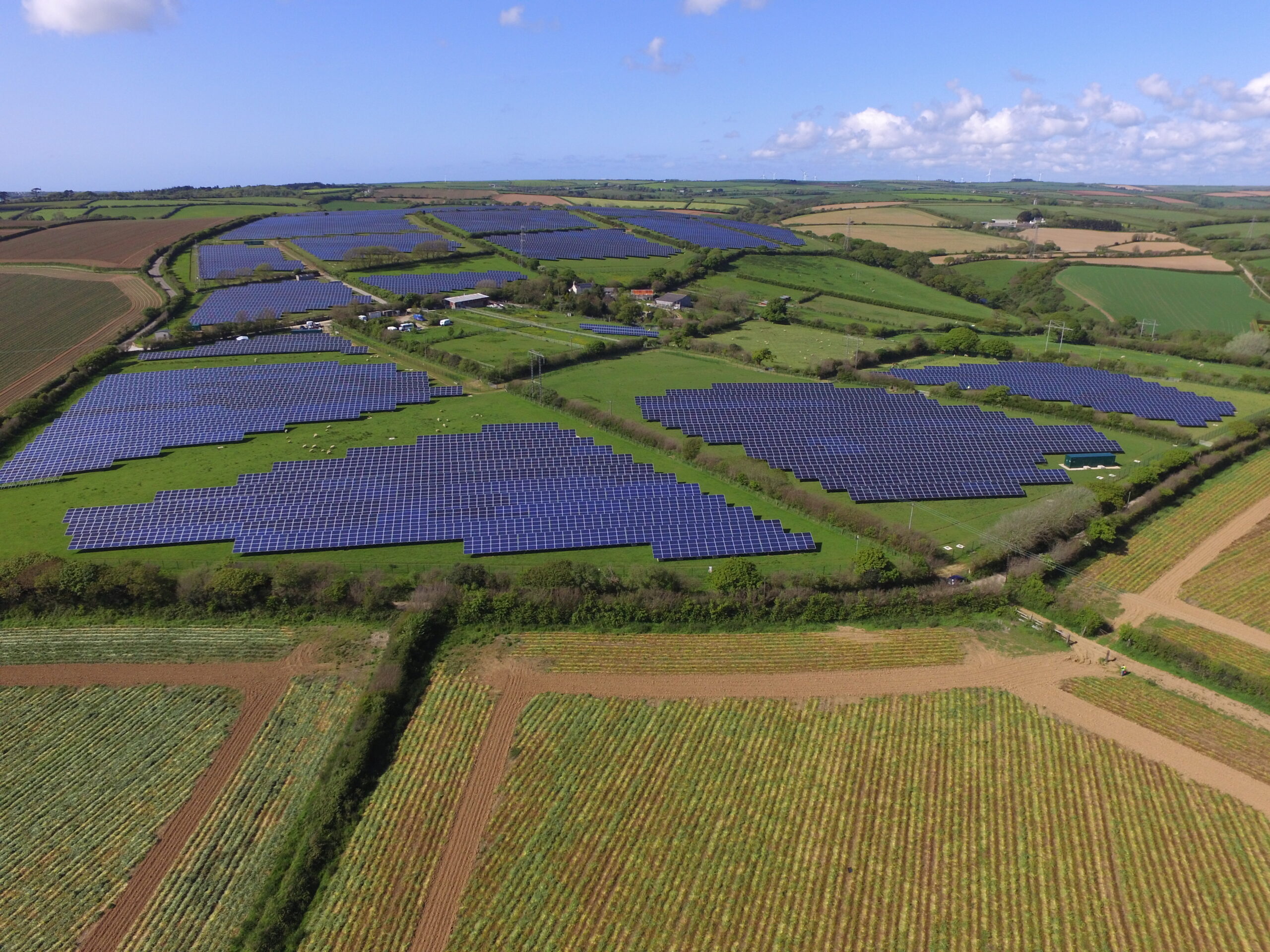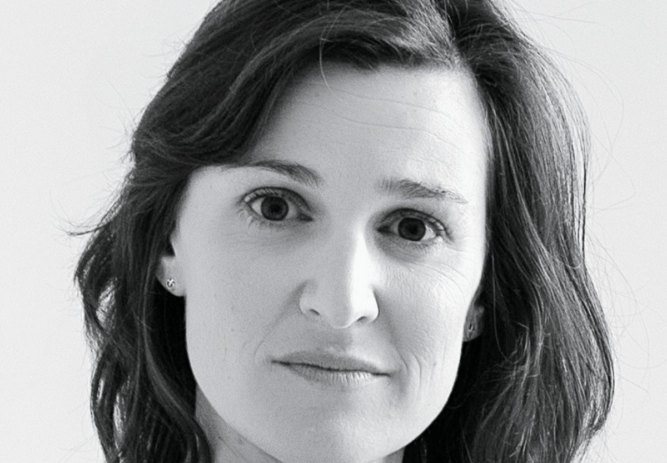Tjänster
Våra medarbetare är passionerade och erfarna. Tillsammans jobbar vi för att leverera framgångsrika projekt inom förnybar energi världen över.
Teknologier
Med de senaste teknologierna bidrar vi till en framtid där alla har tillgång till förnybar energi.
Se alla teknologierResurser
Bläddra bland våra senaste resurser: allt från företagsuppdateringar och branschinsikter till forskningsrapporter och våra partners egna historier.
Se alla resurserKarriär
Bli en del av vårt passionerade team och förändra världen genom meningsfulla och stimulerande uppgifter.
Läs merOm RES
Vi brinner för vårt uppdrag - att förändra hur världen producerar och förbukar energi.
Läs om ossVåra kontor
RES är en global organisation med ett starkt lokalt fokus. Här kan du hitta kontakt- och platsinformation för alla våra RES-kontor.
Kontakta oss
by Ksenia Dray, Global Solar Lead, RES
2023 was a year of both triumph and challenge for the solar industry. Decreases in module prices created favourable conditions leading to a record 56GW of solar installed in Europe in 2023, with Germany, Spain, Italy, Poland and the Netherlands leading install rates. However, ongoing workforce capacity issues have posed challenges to project delivery across many European countries.
Since the beginning of 2023, driven by new capacity of polysilicon coming online and overproduction of Chinese ingots, wafers, and cells, module prices have decreased around 35% across the European market for modules produced in China1. In addition, the average price per watt has dipped as low as 11-12 cents USD in some months. The oversupply has led to a large European module stockpile – as much as 80GW according to some estimations – which is expected to keep prices low through 20242. Raw materials costs have also tracked lower than historic levels with polysilicon reaching as little as $8-9 per kilo, leading to some manufacturers curtailing production to stabilise prices.
Ongoing record low module prices will require a conscious effort from buyers to maintain traceability to ensure ESG metrics do not slip – a time consuming and resource intensive process that smaller companies may find difficult to execute. Where companies need to prioritise their efforts, monitoring polysilicon sourcing should move to the top of the list, especially with the provisional agreement of the European Parliament’s Corporate Sustainability Due Diligence Directive (CSDDD) this December.
Finally, while Europe took its first concerted step towards domesticating the solar PV supply chain, its heavy dependence on imported polysilicon, ingots and wafers as well as a lack of clear financial incentives to scale up European module production will mean imports could continue to dominate into 2024 and for several years thereafter.
Increased labour costs and decreased availability
While buyers might have initially expected more favourable project costs as a result of competitive module pricing, an ongoing shortage of skilled workers has led to a significant increase in labour costs, offsetting the potential decrease in capital expenditure. In these market conditions, the key to project success lies in anticipating construction challenges effectively and securing a reliable EPC partner in advance.
It is crucial to work with a trustworthy third-party advisor. Their expertise can assist in qualifying and identifying suitable partners, ensuring the project is executed in line with industry quality standards. With experience across multiple markets, this is an area RES has been able to navigate successfully for its customers.
New technologies and use cases – from floating to agrivoltaics
More efficient N-type solar panels are expected to gain market share from traditional P-type panels as costs have become increasingly comparable – often only 1-1.5 cents USD Wp between them in return for superior performance and lower degradation.
The use of solar tracking systems is also becoming well established in southern European countries including Italy, Portugal and Spain thanks to declining structure costs.
While utility-scale solar has dominated the commercial market to date, from this year we can expect to see more floating, agriculture (agrivoltaics) and brownfield projects as traditional land parcels become more difficult to find. Some Nordic countries are also considering the potential for solar installations on forestry land. With forestry land readily available, governments are eager to harness its potential.
Although there may be higher initial capital expenses, the industry is poised to embrace innovation in construction approaches, spanning civil engineering, structures, and corrosion-resistant materials. This proactive stance ensures that projects are not only feasible but also economically competitive and sustainable in the long run.
Navigating the solar industry in 2024
Heading into 2024, the solar industry is poised for dynamic growth, despite challenges such as labour shortages and evolving dynamics between main contractors and investors. Exciting opportunities emerge with new frontiers like agrivoltaics and floating solar installations. However, to ensure success, careful consideration of practicality and market conditions in light of higher capex costs and workforce constraints is essential. This is a focus area for RES. Expert understanding alongside the right relationships will allow these market dynamics to be understood and maximise competitive advantage.
1: Figures and pricing taken from Wood Mackenzie ‘Global solar PV supply chain quarterly briefings – https://www.woodmac.com/reports/power-markets-global-solar-pv-market-outlook-update-q3-2023-150163925/
2: Figures provided to pv magazine by Rystad Energy – European warehouses now storing more than 80 GW of unsold solar panels – pv magazine International (pv-magazine.com)
Dela denna artikel



Heading into 2024, the solar industry is poised for dynamic growth, despite challenges such as labour shortages and evolving dynamics between main contractors and investors. Exciting opportunities emerge with new frontiers like agrivoltaics and floating solar installations.
Ksenia Dray
Global Solar Lead, RES

